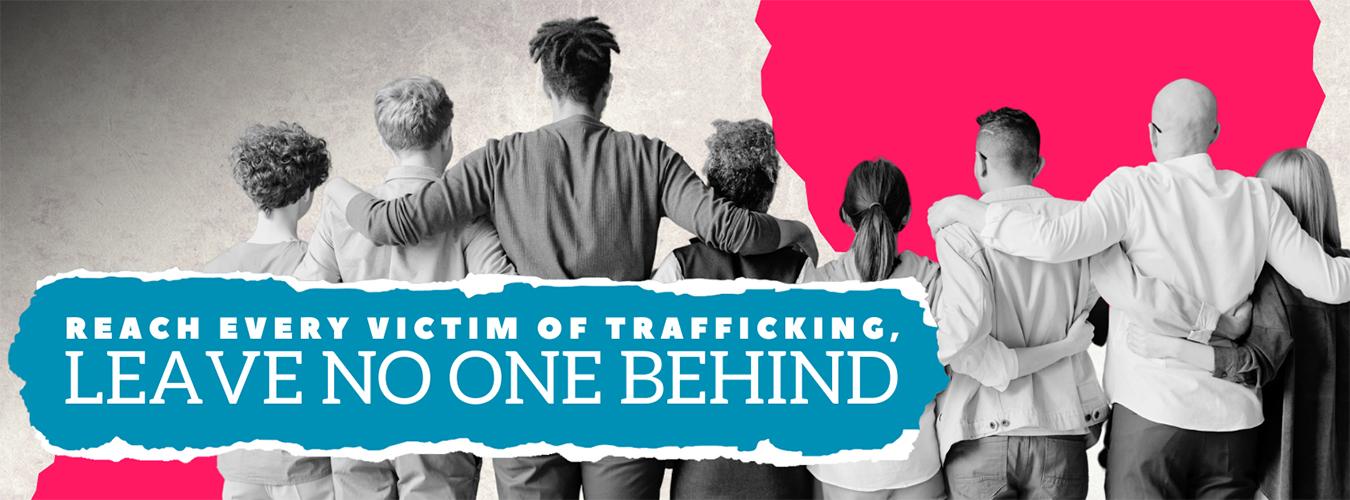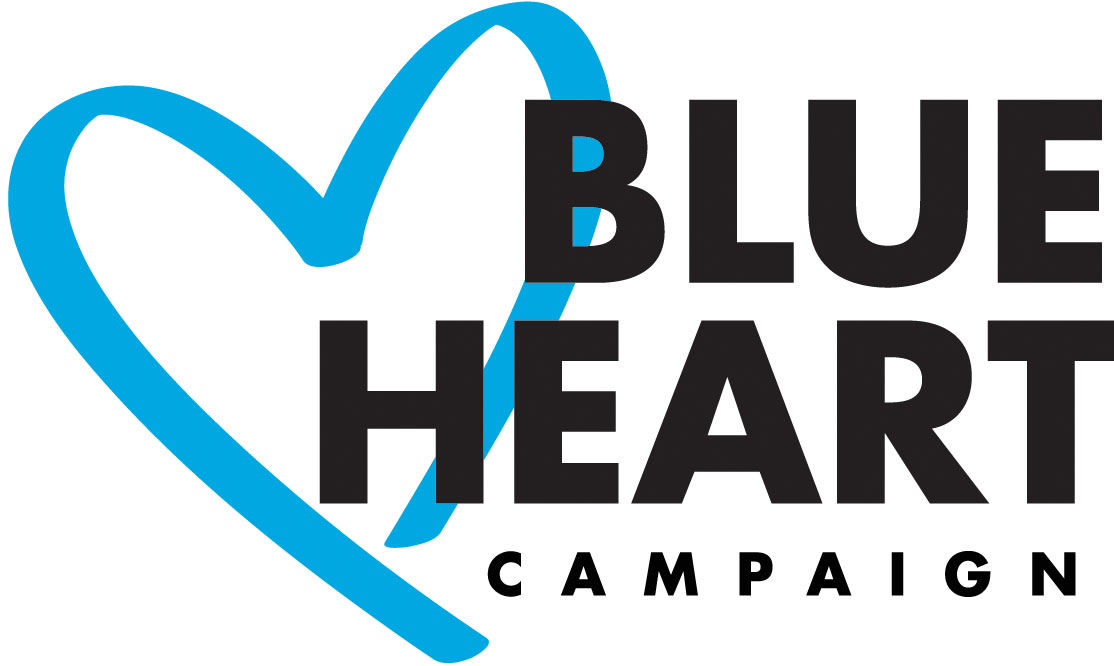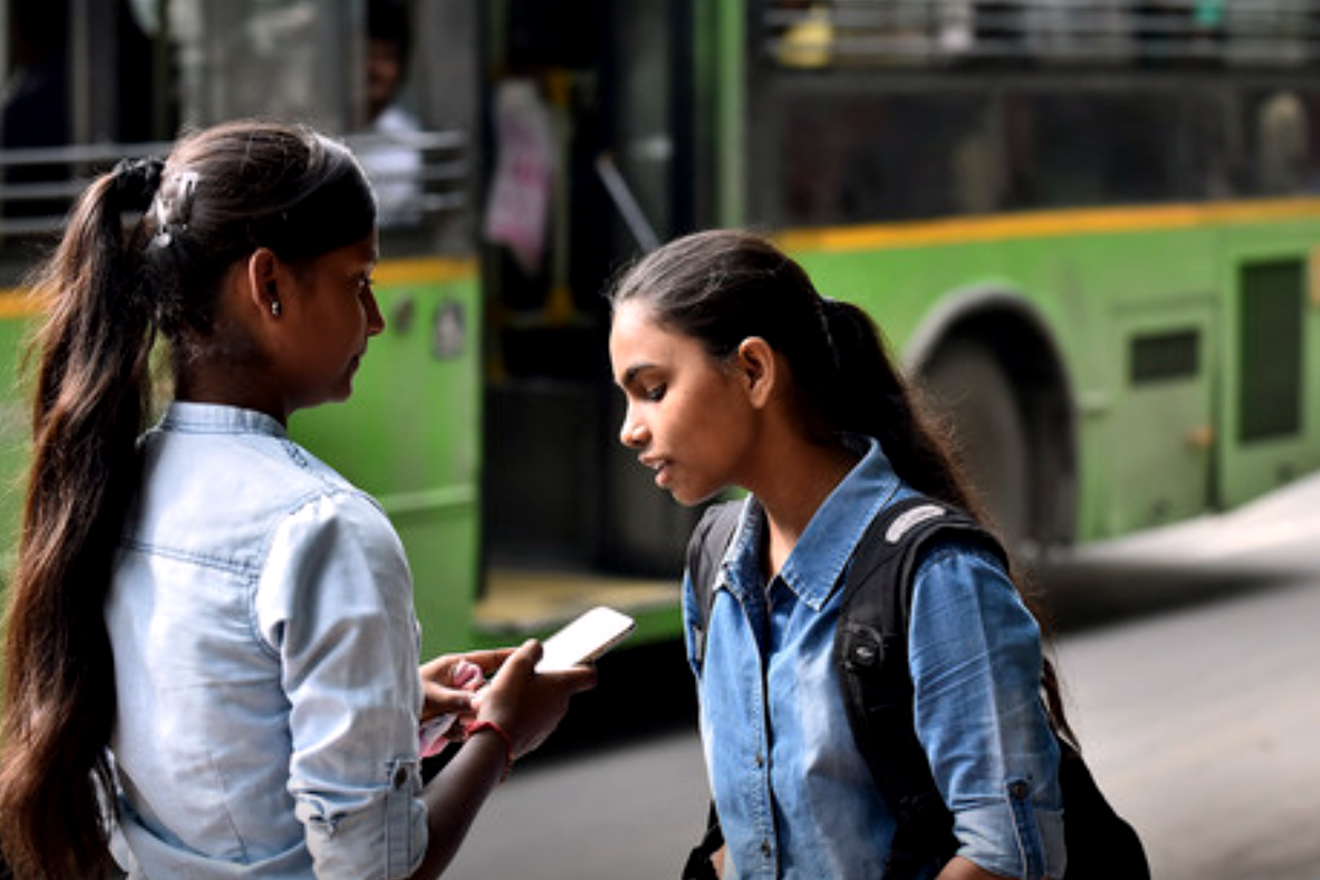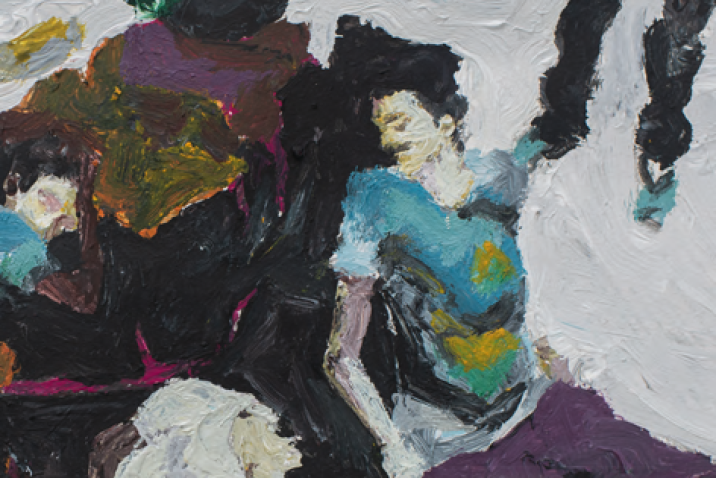2023 Theme: Reach every victim of trafficking, leave no one behind
Global crises, conflicts, and the climate emergency are escalating trafficking risks. Displacement and socio-economic inequalities are impacting millions of people worldwide, leaving them vulnerable to exploitation by traffickers. Those who lack legal status, live in poverty, have limited access to education, healthcare, or decent work, face discrimination, violence, or abuse, or come from marginalized communities are often the primary targets of traffickers.
Globally, national responses, particularly in developing States, appear to be deteriorating. Detection rates fell by 11% in 2020 and convictions plummeted by 27%, illustrating a worldwide slowdown in the criminal justice response to trafficking. The COVID-19 pandemic also changed the characteristics of trafficking, pushing it further underground and potentially increasing the dangers to victims by making the crime less likely to come to the attention of the authorities. In fact, 41% of victims who manage to escape their ordeal reach out to the authorities on their own initiative – another clear sign that anti-trafficking responses are falling short.
In the context of trafficking in persons, leaving people behind means:
-
failing to end the exploitation of trafficking victims,
-
failing to support victim-survivors once they are free from their traffickers, and
-
leaving identifiable groups vulnerable to traffickers.
The campaign for World Day Against Trafficking in Persons 2023 aims to raise awareness of disturbing developments and trends identified by the latest UNODC Global Report on Trafficking in Persons and calls on governments, law enforcement, public services, and civil society to assess and enhance their efforts to strengthen prevention, identify and support victims, and end impunity.
To #EndHumanTrafficking, we cannot allow this crime to be met with increasing indifference and impunity. We must strengthen resilience against exploitation and the underlying socio-economic and cultural issues that are conducive to trafficking. We must sensitize everyone to the topic of human trafficking and thus push attention towards those who can make a difference in terms of changing policy and national resource management to strengthen prevention measures, improve identification of victims, increase support of survivors and end impunity.
Why a Blue Heart?
The Blue Heart symbol represents solidarity with the victims and the cold-heartedness of those who buy and sell their fellow human beings.
How you can get involved
- Share, like and comment on the social media messages for the World Day #EndHumanTrafficking
- Donate to the United Nations Voluntary Trust Fund for Victims of Human Trafficking, which provides on-the-ground assistance and protection to victims of trafficking.
- Join the Blue Heart Community or see more ideas on how to support the campaign.
- Enter the Photo Challenge.
Sexual exploitation, forced labour, slavery…
Trafficking in persons is a serious crime and a grave violation of human rights. Every year, thousands of men, women and children fall into the hands of traffickers, in their own countries and abroad. Almost every country in the world is affected by trafficking, whether as a country of origin, transit or destination for victims. UNODC, as guardian of the United Nations Convention against Transnational Organized Crime (UNTOC) and the Protocols thereto, assists States in their efforts to implement the Protocol to Prevent, Suppress and Punish Trafficking in Persons (Trafficking in Persons Protocol).
The Protocol to Prevent, Suppress and Punish Trafficking in Persons defines Trafficking in Persons as the recruitment, transportation, transfer, harbouring or receipt of persons, by means of the threat or use of force or other forms of coercion, of abduction, of fraud, of deception, of the abuse of power or of a position of vulnerability or of the giving or receiving of payments or benefits to achieve the consent of a person having control over another person, for the purpose of exploitation. Exploitation shall include, at a minimum, the exploitation of the prostitution of others or other forms of sexual exploitation, forced labour or services, slavery or practices similar to slavery, servitude or the removal of organs.
The World Day against Trafficking in Persons was proclaimed by the United Nations General Assembly, in its resolution A/RES/68/192.
Did you know?
- The number of victims detected globally fell by 11 per cent in 2020 from the previous year, driven by fewer detections in low- and medium-income countries.
- Male victims are the only group that has increased by about 3% from 2019.
- Detection of trafficking for forced labour in 2020 was equal to that of trafficking for sexual exploitation, at just under 40 per cent each.
- Globally, the number of convictions for trafficking offences fell by 27 per cent in 2020 from the previous year.
Source: UNODC
How to stay safe online
Human traffickers have become adept at using internet platforms, including social media channels, online marketplace sites, and free-standing webpages to recruit victims and attract clients. Follow these safety tips to protect yourself and your loved ones against human trafficking.
Human Faces
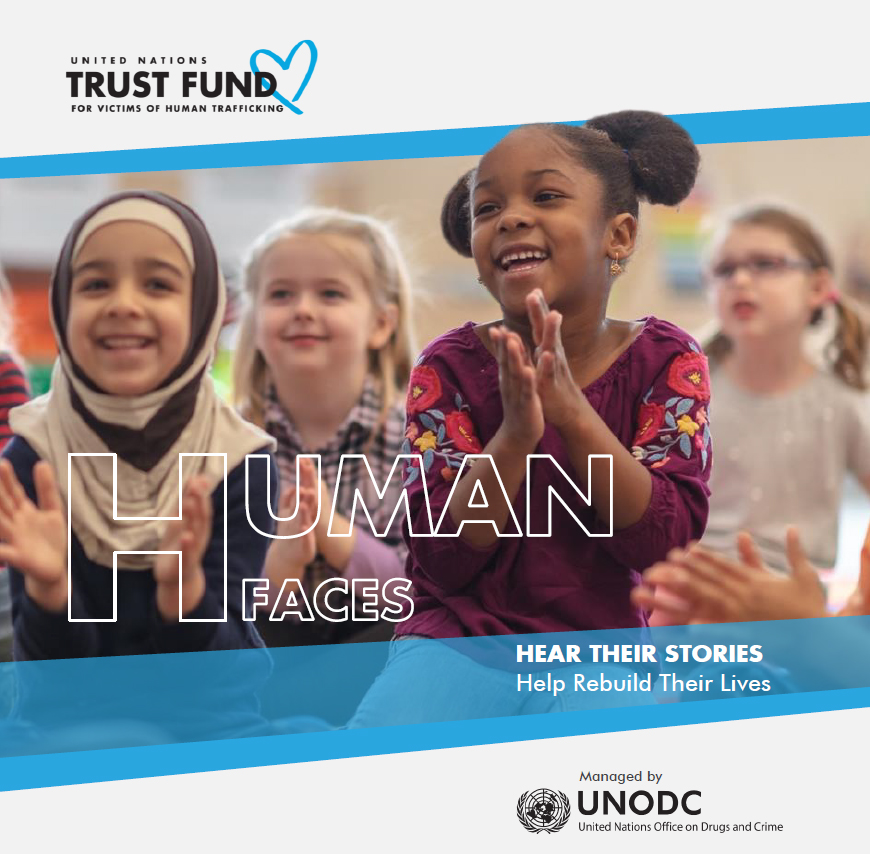
HEAR THEIR STORIES Help Rebuild Their Lives
Read the stories of some of the many women, men and children, who have gained a second chance at life thanks to the effective and compassionate work of the NGO grantees of the UN Voluntary Trust Fund for Victims of Human Trafficking, managed by the United Nations Office on Drugs and Crime (UNODC).

